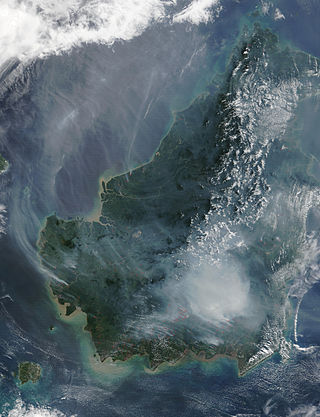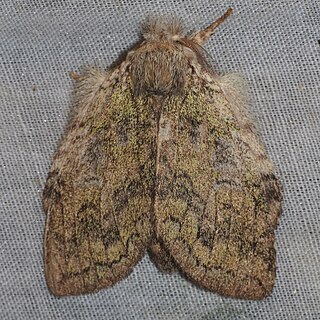
A swamp is a forested wetland. Swamps are considered to be transition zones because both land and water play a role in creating this environment. Swamps vary in size and are located all around the world. The water of a swamp may be fresh water, brackish water, or seawater. Freshwater swamps form along large rivers or lakes where they are critically dependent upon rainwater and seasonal flooding to maintain natural water level fluctuations. Saltwater swamps are found along tropical and subtropical coastlines. Some swamps have hammocks, or dry-land protrusions, covered by aquatic vegetation, or vegetation that tolerates periodic inundation or soil saturation. The two main types of swamp are "true" or swamp forests and "transitional" or shrub swamps. In the boreal regions of Canada, the word swamp is colloquially used for what is more formally termed a bog, fen, or muskeg. Some of the world's largest swamps are found along major rivers such as the Amazon, the Mississippi, and the Congo.

Tropical and subtropical moist broadleaf forests (TSMF), also known as tropical moist forest, is a subtropical and tropical forest habitat type defined by the World Wide Fund for Nature.

Peat swamp forests are tropical moist forests where waterlogged soil prevents dead leaves and wood from fully decomposing. Over time, this creates a thick layer of acidic peat. Large areas of these forests are being logged at high rates.

Freshwater swamp forests, or flooded forests, are forests which are inundated with freshwater, either permanently or seasonally. They normally occur along the lower reaches of rivers and around freshwater lakes. Freshwater swamp forests are found in a range of climate zones, from boreal through temperate and subtropical to tropical.

The Borneo peat swamp forests ecoregion, within the tropical and subtropical moist broadleaf forests biome, are on the island of Borneo, which is divided between Brunei, Indonesia and Malaysia.

Amphipyra is a genus of moths in the family Noctuidae, the only genus in the tribe Amphipyrini.

The Thyatirinae, or false owlet moths, are a subfamily of the moth family Drepanidae with about 200 species described. Until recently, most classifications treated this group as a separate family called Thyatiridae.
Lophomilia is a genus of moths of the family Erebidae. The genus was described by Warren in 1913.

Epipsestis is a genus of moths belonging to the subfamily Thyatirinae of the Drepanidae. It was erected by Shōnen Matsumura in 1921.
Patania deficiens is a moth of the family Crambidae described by Frederic Moore in 1887. It is found in India, Indonesia, Japan, Korea, Russia and Taiwan.

Demopsestis is a genus of moths belonging to the subfamily Thyatirinae.

Demopsestis formosana is a moth in the family Drepanidae. It was described by Yoshimoto in 1983. It is found in Taiwan.
Demopsestis mahendrai is a moth in the family Drepanidae. It was described by Yoshimoto in 1983. It is found in Nepal.
Epipsestis mediofusca is a moth in the family Drepanidae described by Yoshimoto in 1982. It is found in Nepal and Tibet, China.

Wernya is a genus of moths belonging to the subfamily Thyatirinae of the Drepanidae. It was described by Yoshimoto in 1987.
Stenopsestis is a genus of moths belonging to the subfamily Thyatirinae of the Drepanidae. It was described by Yoshimoto in 1983.
Wernya lineofracta is a moth in the family Drepanidae. It was described by Constant Vincent Houlbert in 1921. It is found in the Chinese provinces of Hubei, Hunan and Sichuan.
Wernya solena is a moth in the family Drepanidae. It was described by Swinhoe in 1894. It is found in Assam, India.

Parasinga is a genus of moths in the family Notodontidae described by Sergius G. Kiriakoff in 1967.
Heok Hui Tan is a Singaporean ichthyologist at the Lee Kong Chian Natural History Museum of the National University of Singapore. Dr. Tan's main interest lies in the systematics of Southeast Asian freshwater fishes, encompassing taxonomy, ecology and biogeography. His primary areas of research focus on neglected and de novo habitats such as peat swamp forests, swamp forests, and rapids.










